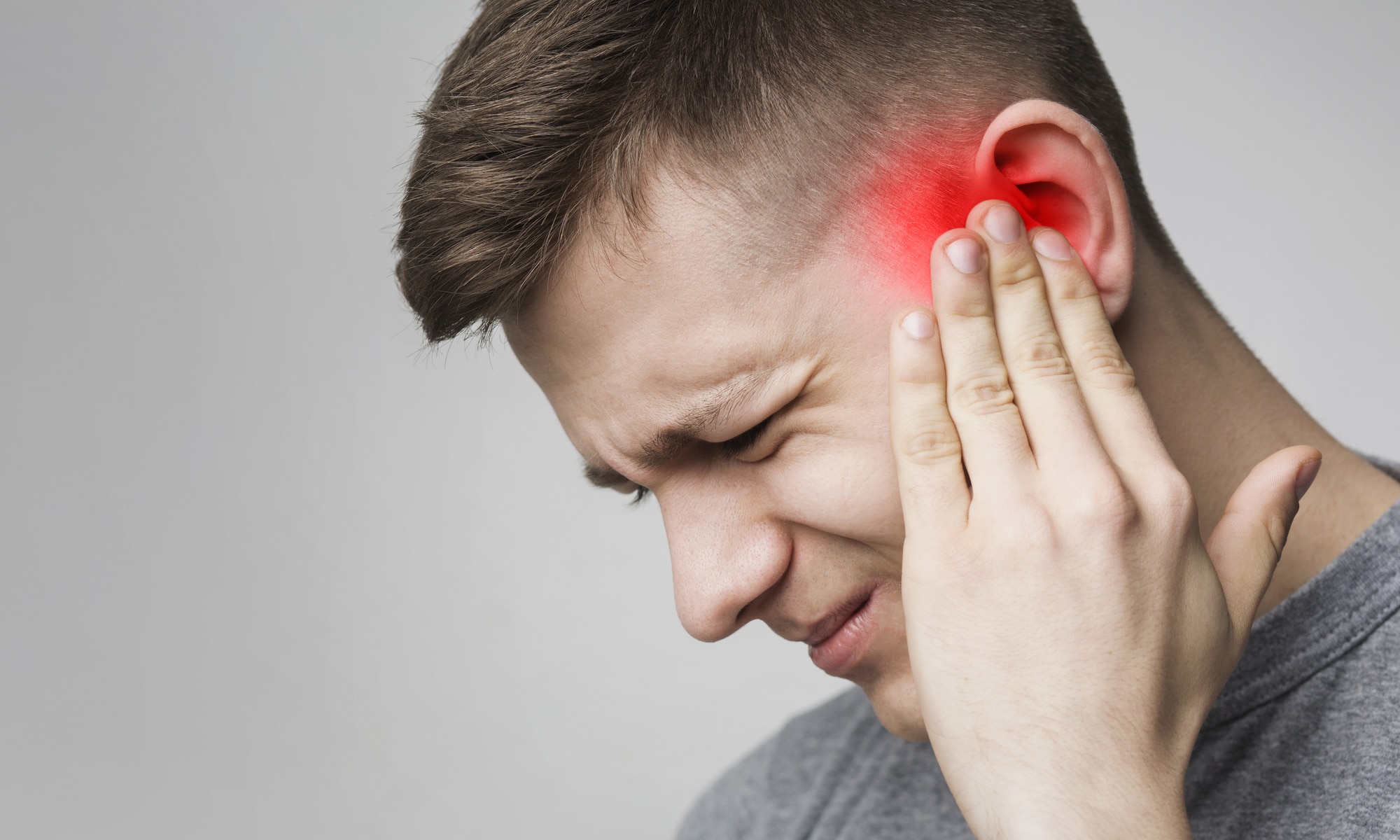Temporalmandibular Dysfunction (TMD)

Approximately 20% of the population is estimated to experience Temporomandibular Joint Disorder (TMD) at some point in their lives. Diagnosing and developing a treatment plan for this condition necessitates the expertise of dental and medical professionals. In many cases that require rehabilitation, physical therapy can offer significant assistance.
TMD often contributes to postural abnormalities, resulting in cervical imbalances and the tightening and inflammation of muscles in the anterior chest, upper back, and shoulder regions. The presence of muscular trigger points in the cervical and cranial regions, as well as the anterior chest, upper back, and shoulder muscles, can both influence and be influenced by TMD. Additionally, tension and stress play a substantial role in the rehabilitation of TMD.
Physical therapists possess a comprehensive understanding of the anatomy and kinematics of the temporomandibular joint (TMJ) and its associated structures. In the treatment of TMD, a range of therapeutic approaches is employed, including postural training, cervical mobilization, therapeutic exercises, stretching, and modalities. Furthermore, TMJ mobilization is a component of the comprehensive care provided by physical therapists, serving to address and alleviate the effects of TMD. Physical therapy is a complementary treatment that harmonizes well with the treatment regimens established by dental and medical practitioners. Our goal is to work in concert with other healthcare professionals to enhance the overall care and well-being of individuals experiencing TMD, facilitating their recovery and improving their quality of life.
TMD Therapeutic Treatment Options
- Soft-tissue Mobilization
- TM Joint Mobilization
- Therapeutic Exercises
- Cervical Spine Treatment
- Stretching
- Ultrasound
- Electrical Stimulation
- Posture Retraining
- Stress/Tension Awareness
- Behavior Modification
- Home Program
Physical Therapy Goals Include
- Decrease Abnormal Muscle Tone
- Appropriate Tension/Length in Muscles of Mastication (chewing)
- Improve TMJ Biomechanics
- Address Clenching, Bruxism Components
- Treat Associated Cervical Dysfunction
- Teach Self-Management Skills